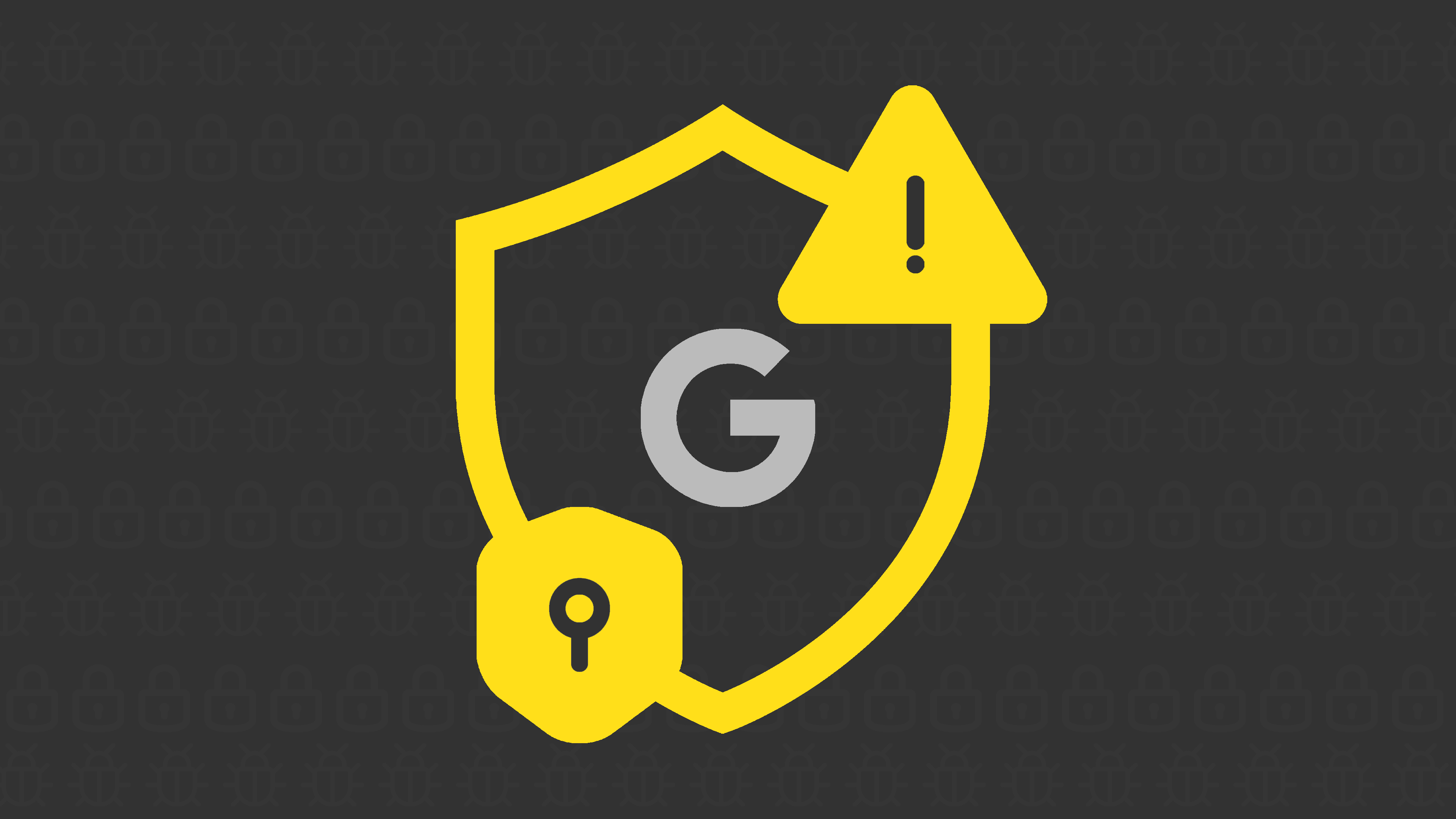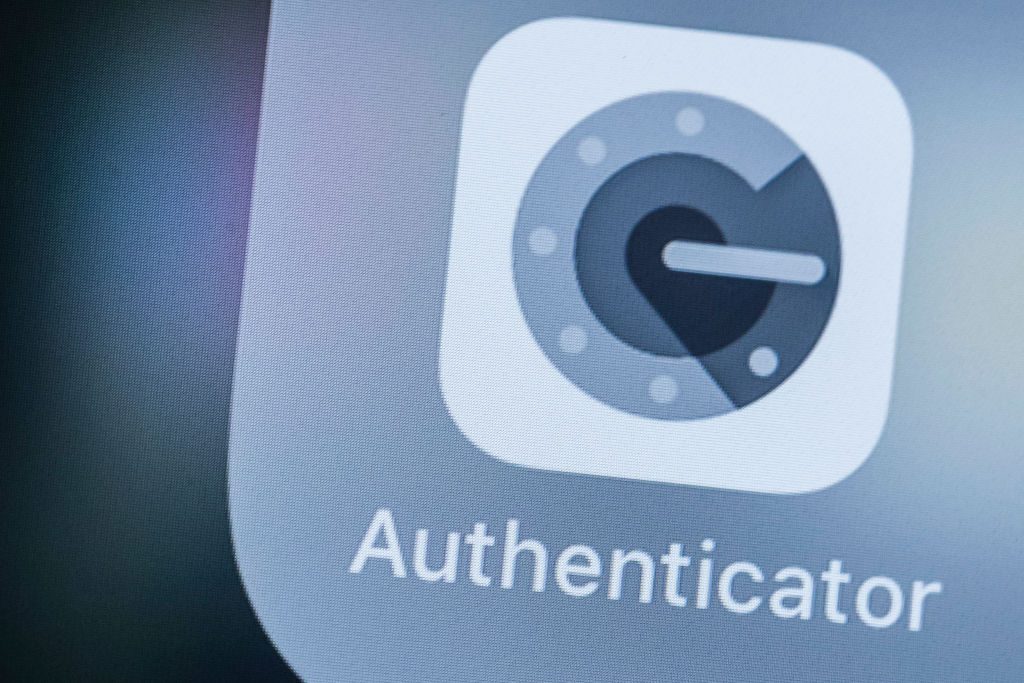Implementing strong authentication across your business
Strong authentication is hugely important, but implementing any regime at scale is not without its challenges


Strong authentication doesn’t always go down well with end users. They tut when asked to wait for a multi-factor authentication (MFA) code sent to their smartphone, and then again when having to enter the code. They tut once more when they enter an incorrect password or input the wrong letters from the safe word. The whole process can seem like a barrier.
Spare a thought for the IT teams who have to implement strong authentication across multiple devices and operating systems, though. It’s not a walk in the park for them, either. To enable a smooth implementation, IT teams must find the line of least resistance and minimise the pain for both themselves and end-users across an organisation.
Why is strong authentication so complex?
IT teams working with strong authentication methods face a number of challenges. In technology, nothing stands still, and the devices, software and systems people use change on a regular basis. We hear often about how teams can struggle to cater for legacy IT while also supporting the latest systems. This can create headaches in authentication as much as anywhere else.
It isn’t just about implementing the best possible security measures regardless of other factors. “Security must be balanced against privacy requirements, scalability across complex technology stacks, and critically balanced against user experience,” says security expert Will Dixon. “The most significant headache for security teams is balancing the business’s requirement to reduce as much friction as possible with their digital services and channel.” Dixon is a previous director at the World Economic Forum (WEF), heading the Centre for Cybersecurity, strategic lead for various national security and cyber security programmes in the UK government, and was previously global head of intelligence at Barclays Bank.
It must also be balanced against cost and practicality. Dixon says another potential security option, passwordless authentication using hardware security keys, is not without its own issues. “Distributing these to remote workers is not feasible,” he believes. “This is despite the rise in remote and hybrid working being one of the biggest drivers for the wider use of stronger authentication.”
Why do businesses need strong authentication?
There is no getting away from the fact that top-quality authentication is a necessity – not an add-on. A high proportion of cyber attacks are due to weak passwords, with weak authentication the single biggest cause for a breach in any enterprise. Strong authentication can stop the widest range and largest number of enterprise attacks, including credential stuffing and phishing.
“If organisations don’t take action, it basically runs the risk of their systems remaining exposed to compromise by attackers that manage to obtain passwords or similar credentials,” explains Steven Furnell, IEEE senior member and professor of cyber security at the University of Nottingham.
Sign up today and you will receive a free copy of our Future Focus 2025 report - the leading guidance on AI, cybersecurity and other IT challenges as per 700+ senior executives
With strong authentication protecting some, those without it may find themselves increasingly exposed, as the opportunities for infiltration they provide are tested by more and more cyber criminals. As Furnell puts it: “As more organisations adopt stronger approaches, those who remain with standard methods are arguably at greater risk within a reducing pool of viable targets.”
How to successfully implement strong authentication across your business
Implementation without alienation
RELATED RESOURCE

Getting board-level buy-in for security strategy
Why cyber security needs to be a board-level issue
It’s really important for users of strong authentication to understand why it’s needed and why they are asked to do certain things in order to log on. This is especially important when moving from single passwords to strong MFA. Furnell tells IT Pro, the move “will clearly change the way that people meet the system at the front door, and it will certainly be a support headache if they are not prepared for it and then start seeking help en masse”.
The key is education, great support and, where necessary, hand-holding before strong authentication is implemented and during the implementation, so that people understand the new system and why it’s needed. Furnell notes “part of the challenge will often be that steps need to be followed on multiple devices, and help will need to be available to support each context”.
Simplifying implementation without compromising security
One key action tech teams can take to ease the path to strong authentication is financial rather than immediately practical. They should start viewing security not as a cost centre but as a business enabler that creates value. For Dixon, this approach will empower security and IT teams to be at the heart of delivering the customer journey so they can work towards the principle of interoperability. Ultimately, they’ll aim to reduce friction on a customer’s journey with the business.
When that first psychological step is taken at a management level, it becomes easier to normalise all new products supporting strong authentication from day one. Moreover, older technology, which will never support it, can be retired and replaced, and the technology that could support it – but doesn’t currently – can be upgraded.
Meanwhile tech teams can set a few rules and guidelines for themselves to make sure that implementation remains as painless as possible on an ongoing basis. For example, ensuring the user experience (UX) is as easy as possible, and working hard to keep it consistent across different devices and platforms, so that using it becomes a matter of muscle memory rather than a hurdle, and consistently reiterating the reasons it is important, and the value it brings rather than the cost it creates.

Sandra Vogel is a freelance journalist with decades of experience in long-form and explainer content, research papers, case studies, white papers, blogs, books, and hardware reviews. She has contributed to ZDNet, national newspapers and many of the best known technology web sites.
At ITPro, Sandra has contributed articles on artificial intelligence (AI), measures that can be taken to cope with inflation, the telecoms industry, risk management, and C-suite strategies. In the past, Sandra also contributed handset reviews for ITPro and has written for the brand for more than 13 years in total.
-
 OpenAI's 'Skills in Codex' service aims to supercharge agent efficiency for developers
OpenAI's 'Skills in Codex' service aims to supercharge agent efficiency for developersNews The Skills in Codex service will provide users with a package of handy instructions and scripts to tweak and fine-tune agents for specific tasks.
-
 Cloud infrastructure spending hit $102.6 billion in Q3 2025
Cloud infrastructure spending hit $102.6 billion in Q3 2025News Hyperscalers are increasingly offering platform-level capabilities that support multi-model deployment and the reliable operation of AI agents
-
 PyPI attack: Targeting of repository 'shows no sign of stopping'
PyPI attack: Targeting of repository 'shows no sign of stopping'News Greater collaboration and understanding of attackers’ tactics is key to mitigating open source security threats
-
 Microsoft Authenticator mandates number matching to counter MFA fatigue attacks
Microsoft Authenticator mandates number matching to counter MFA fatigue attacksNews The added layer of complexity aims to keep social engineering at bay
-
 Capita's handling of cyber attack shows companies still fail at breach reporting
Capita's handling of cyber attack shows companies still fail at breach reportingAnalysis Capita initially told customers there was “no evidence” of data having been compromised in the March cyber attack
-
 As Google launches passwordless authentication for all, what are the business benefits of passkeys?
As Google launches passwordless authentication for all, what are the business benefits of passkeys?News Google follows Apple in its latest shift to passwordless authentication, but what are the benefits?
-
 Malware being pushed to businesses by search engines remains a pervasive threat
Malware being pushed to businesses by search engines remains a pervasive threatNews High-profile malvertising campaigns in recent months have surged
-
 There's only one way to avoid credential stuffing attacks
There's only one way to avoid credential stuffing attacksOpinion PayPal accounts were breached last year due to a credential stuffing attack, but can PayPal avoid taking responsibility?
-
 Google Authenticator 2FA update accused of making service less secure
Google Authenticator 2FA update accused of making service less secureNews Lack of end-to-end encryption in code backup has some developers worried
-
 Five things to consider before choosing an MFA solution
Five things to consider before choosing an MFA solutionIn-depth Because we all should move on from using “password” as a password